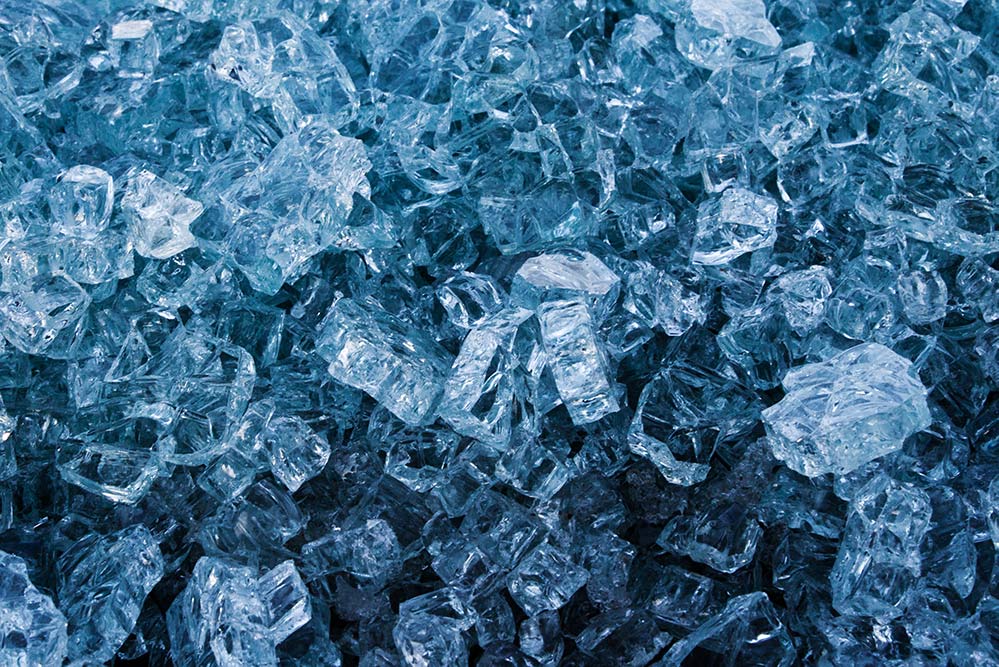Liquid salt
Each year, the Australian Academy of Science recognises outstanding contributions to the advancement of science. Professor Douglas MacFarlane FAA FTSE has been announced as the recipient of the 2018 David Craig Medal for chemistry, specifically for his work on ionic liquids.
Congratulations are in order but, before that, an explanation of ionic liquids and why they’re important.
Ions are atoms that have developed a charge due to either losing or gaining at least one electron. The parts that make up table salt (NaCl) is one example, where an atom of sodium (Na) loses a single negatively charged electron that is picked up by a chlorine (Cl) atom. The sodium becomes less negatively charged (i.e. a positive ion) and the chlorine becomes more negatively charged (i.e. a negative ion), forming Na⁺ and Cl⁻. All the Na⁺ and Cl⁻ ions are drawn together by electrostatic forces (positive and negative charges being attracted to each other), creating a 3-dimensional lattice structure that results in the formation of a crystal that you can grind onto your chips.
Generally, most ionic compounds (like NaCl) share similar properties, such as being solid, brittle and crystalline. Many dissolve in water, and it is in fact these dissolved ions that largely enable water to conduct electricity (pure H₂O isn’t very conductive), as the freely moving ions can carry the charge between electrodes. There are many uses for conductive liquids, including in wet cell car batteries, but there are practical limitations to how useful salty water can be.

Enter ionic liquids—special materials that are liquid at temperatures below 100 °C, but the molecules that make up the liquid are ions themselves.
A particularly valuable property of all ionic liquids is the high concentration of ions. For example, the limit to how much NaCl that can dissolve in water is less than 40 grams per kilogram (even in boiling water); however, if NaCl was an ionic liquid, we could have more than 25 times the number of ions in the same volume, leading to much more conductive liquids. These are ‘hybrid’ liquids and have other interesting properties that range from being non-volatile, non-flammable and stable substances in air and water, to liquids that are the very opposite (i.e. volatile, flammable and unstable).
There are numerous practical applications for ionic liquids. One such application is the use of ionic liquids as solvents, as they can dissolve some materials better than water alone. These solvents promise new capability to do chemistry differently, more efficiently, or with fewer environmentally damaging or dangerous solvents.
One example of Professor MacFarlane’s work is in experimental battery technology, where the use of ionic fluids is promising due to their unique properties of high ionic conductivity, their chemical stability and, importantly, their non-flammability. This last point is extremely important for the future of lithium ion technology, where the reduction of fire risk is essential to enable larger and denser energy storage systems.
Professor MacFarlane is also working on the use of ionic liquids as heat transfer and storage media in solar thermal energy; chemical storage systems for hydrogen in the form of ammonia; and even biocompatible ionic liquids for use in medicine and as new drugs for disease, such as skin cancer.
Congratulations again to Professor Douglas MacFarlane FAA FTSE, 2018 recipient of the David Craig Medal. As part of the award, Professor MacFarlane will present several public lectures across Australia.





